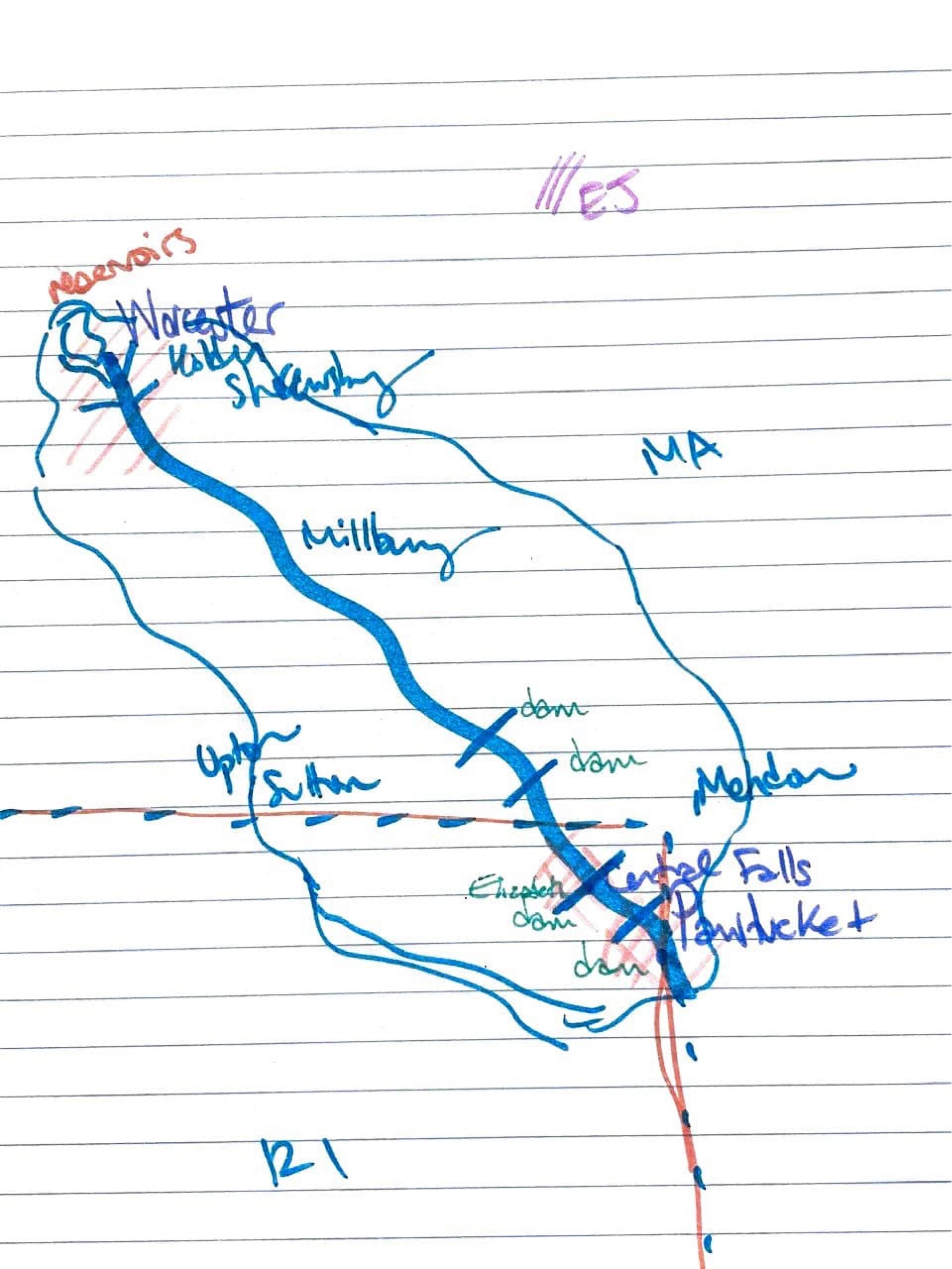MENTAL MAPPING
‘Not a map’... What is mental mapping?
Often called mental maps, it is knowledge material that consists of drawings (Lynch, 1960; Gould & White, 1986; Gieseking., 2013). The intangible material like emotions, personal attachment to place, and human perceptions of the environment make it onto the page for the mapper and viewer to visualize together and reflect. It is a method integrating art and science.
Drawing and art are closely connected to thinking, constituting an advanced way of thinking (Arnheim 1969; Vygotsky, 1971). Empirical material consisting of mental map drawings has been adopted by several researchers to understand human perception of the environment (Alerby 2000; Mc Kenna, 2008; Garau et al. 2021). As explained by Fischer & Young (2007), the action of drawing constitutes a moment where the interviewees can “individually reflect on their own mental construct and represent it through a non-verbal approach that allows them to express themselves, regardless of their knowledge of the scientific term” (Garau et al., 2021). Few have used the empirical material to focus on individuals and the sociocultural aspects that underpin meaning humans assign to their environment (Gieseking, 2013). No studies have yet to adapt this type of empirical study to focus on environmental stewardship and individuals to reveal their personal, sometimes intimate relations to their environment (i.e. the watershed).
Applying the mental map
Writer, Rebecca Solnit once said in an interview, “Maps invite us to locate ourselves in relation to whatever they show, to enter the labyrinth that is each map and to find our way out by grasping what is mapped.” When a friend describes to me a place, there have been times I wish for a pen and paper. This would allow me to ask them to kindly draw what they are thinking. That way I can visualize, and they can slow down. It’s easy to think, well this is how I see myself in that place so it must be how you would see it… rarely do two people notice the same things about a place. Rarely do two people remember an event in the same exact way. And that is okay. Because our minds are incredibly differentiated from each other through memory. All those thoughts, feelings, and emotions formed by the different ways in which we remember gives us complexity. Without memory, the world would be flat.
Using mental maps, I attempt to reveal personal meaning, congruences and incongruencies between participants that otherwise get shoved aside. While Garau et al. (2021) attempted to collect empirical evidence on personal meaning of the river basin, their study argued it is important to have local actors come to a shared and agreed upon understanding of the river basin as a technical term. My work takes a similar approach using the watershed as a shared technical term, but is interested in exploring and honoring what the watershed means at the individual, more personal level.




Why mental mapping?
While every view is unique… there may be considerable overlap between the mental maps of people. The more homogenous the group in terms of age and experience, the more overlap we might expect between the mental images’ (Gould et. al 1974). The practical experience and shared knowledge a socio-professional group has about their environment, allows them to make decisions together within their group. However, there may also be a considerable amount of gaps between mental maps within a socio-professional group. Understanding these differences in perception of the environment is critical to ensure that the outcomes of participatory processes coherently and meaningfully express the knowledge, needs and opinions of each participant concerning the project, as participants often think they are talking about the same thing when they are not (Garau 2021). To achieve outcomes in a meaningful way, it is important to acknowledge the local actors’ way of thinking. Organizational leaders must do the planning work in a thorough manner to ensure they understand who will be affected and how can I translate their needs?
Mental mapping as a mediation tool
Many times the incongruencies start within our organizations, or groups. When organizational mediation is needed, how do you begin? As a tool for mediation, mental mapping also plays an important role. In forgoing our professional, or perceived roles and connecting with the inner child through creative expression, reaching an understanding becomes easier.
For consultation on how mental mapping may assist in reaching your organization’s goals, please contact caseymerkle10@gmail.com.